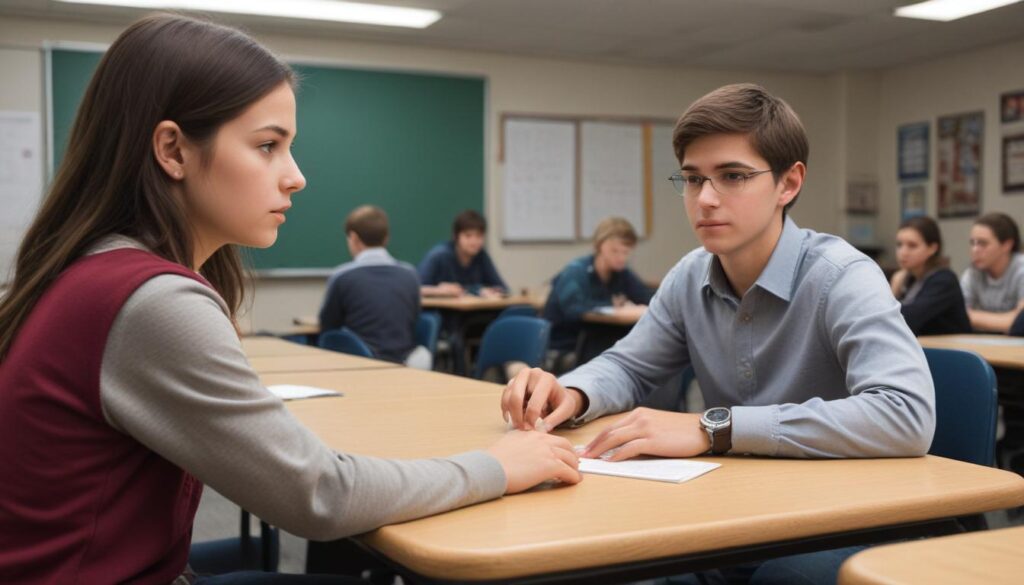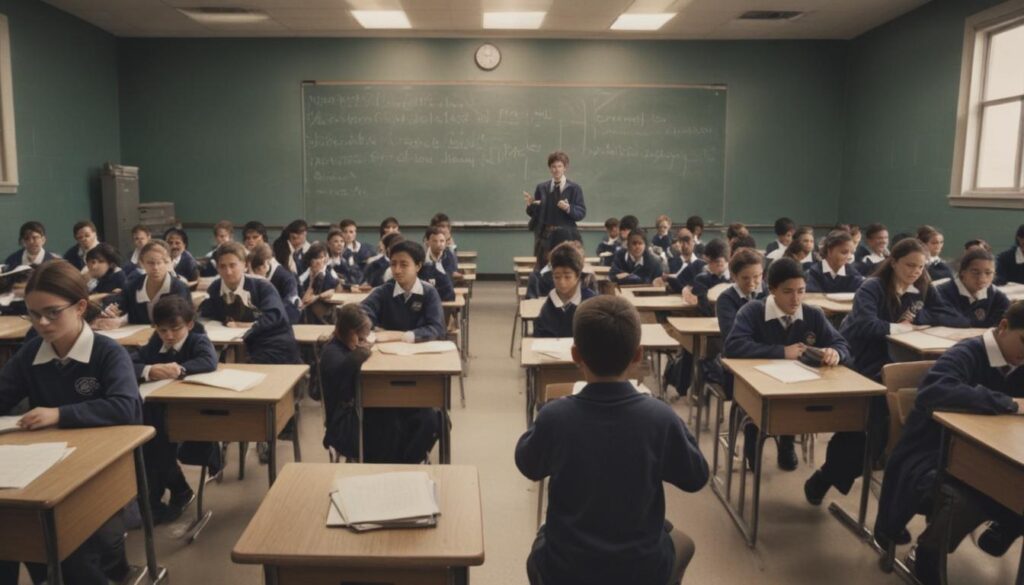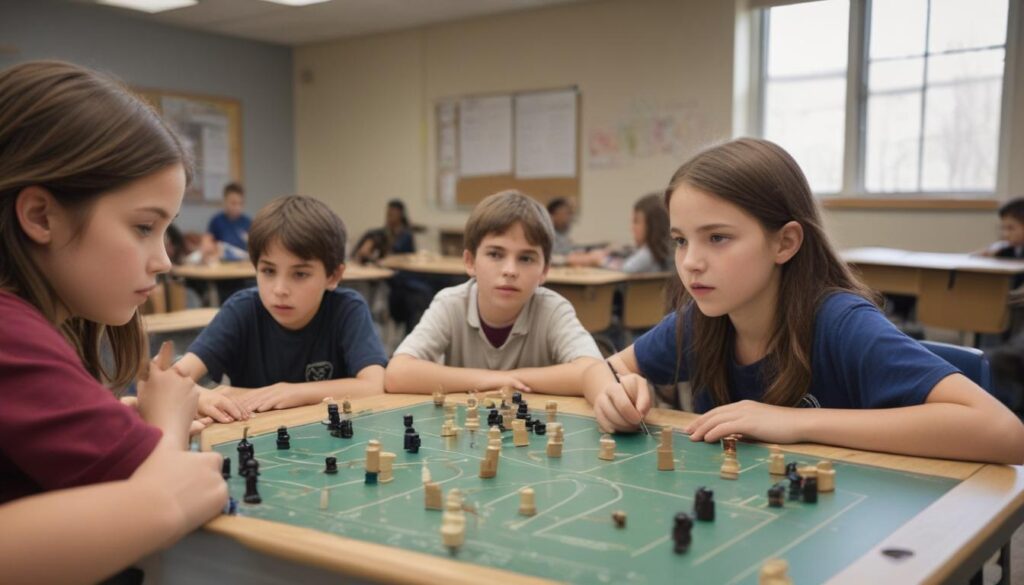Now Reading: Level Up Learning with Gamification
- 01
Level Up Learning with Gamification
Level Up Learning with Gamification

Unlock Student Engagement How Gamification is Transforming the Classroom
The Role of Gamification in Engaging Students
As an educator, you know the feeling. You’ve prepared an insightful lesson, but you’re met with a sea of blank stares, distracted students, and a palpable lack of energy. Keeping students genuinely engaged and motivated in a world full of digital distractions can feel like an uphill battle. This struggle isn’t a reflection of your teaching ability; it’s a sign that traditional methods sometimes fail to connect with the way modern students think and learn. What if you could tap into the same psychological drivers that make video games so addictive and apply them to your curriculum?
The solution isn’t about turning your classroom into an arcade, but about strategically integrating game-like elements to make learning more dynamic, rewarding, and fun. This approach is called gamification, and it’s a powerful tool that is reshaping classrooms around the world. By understanding and applying the core principles of gamification, you can transform passive learners into active participants, boost information retention, and create a classroom environment where students are excited to learn and eager to challenge themselves.
What is Gamification in Education Really
When educators hear the term “gamification,” they often picture students playing video games during class time. While game-based learning has its place, gamification is a fundamentally different concept. It’s not about playing games; it’s about applying the mechanics and elements that make games so compelling to non-game contexts, like your lesson plans and classroom activities. Think about the elements that draw you into a game a point system, earning badges for achievements, progressing through levels, competing on a leaderboard, or embarking on a quest. Gamification takes these concepts and weaves them into the fabric of learning.
For example, instead of simply completing a worksheet on fractions, students might embark on a “quest” to become a “Fraction Master.” Each correctly solved problem could earn them experience points (XP), and mastering a new concept like adding unlike denominators could unlock a special “Denominator Dominator” badge. This simple shift in framing transforms a tedious task into an exciting challenge. It taps into our innate human desires for achievement, progress, status, and reward, making the learning process itself the central source of motivation.

The Core Benefits of Gamifying Your Lessons
The most immediate benefit of introducing gamification is a dramatic increase in student engagement. The use of points, badges, and leaderboards provides instant feedback and a visible sense of accomplishment, which is highly motivating. This system makes progress tangible. A student can see their points accumulating or their name climbing a leaderboard, which provides a steady stream of positive reinforcement that a traditional grading system, with its long feedback loops, often lacks. This continuous feedback loop encourages persistence and keeps students focused on the task at hand.
Beyond simple engagement, gamification fundamentally changes a student’s relationship with the subject matter. It fosters a growth mindset by reframing challenges as opportunities rather than obstacles. In a game, losing a life or failing to clear a level isn’t seen as a devastating failure; it’s an expected part of the learning process. You simply try again, armed with new knowledge. By applying this to academics, students become less afraid of making mistakes. An incorrect answer on a “mission” isn’t a final, discouraging grade but a chance to “respawn” and tackle the problem from a new angle, building resilience and critical thinking skills along the way.
Creating a Safe Environment to Fail
In traditional educational settings, failure is often stigmatized. A low score on a test can feel final and damaging to a student’s confidence, leading to anxiety and a reluctance to take academic risks. Gamification completely flips this script. It creates a low-stakes environment where failure is not only accepted but is a crucial part of the journey toward mastery. Just as a video game character has multiple lives, a gamified learning system allows students to attempt challenges repeatedly without harsh penalties.
This reframing of failure as a learning opportunity is psychologically powerful. When students see an incorrect answer not as a mark against them but as a clue to solving the puzzle, they become more resilient and persistent. They are more willing to experiment with different strategies and collaborate with peers to overcome challenges. This safe space encourages a deeper level of learning, where students focus on understanding the concept rather than just getting the right answer to avoid a bad grade.
Simple Ways to Introduce Gamification in Your Classroom
You don’t need to be a tech wizard or a game designer to bring the power of gamification to your students. You can start with simple, low-tech strategies that can be implemented tomorrow. One of the easiest methods is to introduce a points system. Award points for a variety of positive behaviors, such as class participation, helping a classmate, completing homework on time, or acing a pop quiz. These points can be tracked on a public chart (with student privacy in mind) and can be redeemed for small, non-monetary rewards like extra free reading time or choosing the class’s music for a work period.
Another effective strategy is to rebrand your assignments and curriculum. Instead of “Unit 3 The American Revolution,” frame it as “Quest for Independence.” Homework assignments become “side missions,” and the final test is the “final boss battle.” You can create simple, printable badges for students who master specific skills or show exemplary effort. This narrative layer makes the learning journey feel more epic and purposeful. It transforms students from passive recipients of information into active heroes on an educational adventure, giving them a greater sense of agency and ownership over their learning.





































